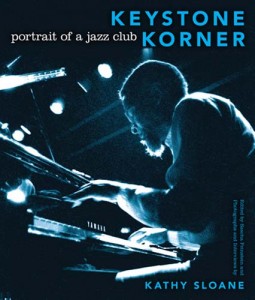Allaboutjazz.com has just printed my review of a new album led by saxophonist Daniel Bennett called Peace & Stability Among Bears. It’s a fine record for the reasons enumerated in the review. But it’s interesting furthermore for being an example of a new breed of rock-influenced jazz performance. Other outstanding examples include Todd Sickafoose’s Tiny Resistors (Cryptogramophone, 2008) and saxophonist Jeremy Udden’s Plainville (Fresh Sound New Talent, 2009). Wait, you say; we’ve heard all about jazz rock circa 1970–John McLaughlin, Tony Williams, Herbie Hancock, Miles Davis. What’s new about that?
That first wave of fusion was inspired by Sly and the Family Stone, Jimi Hendrix and James Brown. The novelty of the new breed is that these guys all grew up on a totally different type of rock and roll sound: the Eagles, Fleetwood Mac, Radiohead, the Police. Or “sounds”, plural, I should say, because there’s little to link to those groups aesthetically or stylistically.
Is this a good thing? My own enthusiasm for the rock and roll bands listed above ranges from tepid to mildy interested, and it’s more emotional than aesthetic–those were my childhood sounds, too. Do I really want a jazz based on those sounds?
Yes and no. Jazz owes its great appeal–and its success–to having flung its doors open to the world. It’s a music of syncretism from the very start. Having electric guitar intros to one’s songs that could have sprung from 1970s FM rock radio–as Bennett does–is an example of that open-minded spirit. Moreover, it’s the musical stuff of these players’ pasts, and there is a kind of honesty in referring to it. To be sure, they also refer to the jazz canon.
I’d say the jury’s out on this question for now. But there is no doubt in my mind that this new current exists and is growing. Udden has turned his album into a band project, giving it a second life. And the records sound great. (If you haven’t tuned in yet, start with the Sickafoose record–it’s among the most rewarding jazz releases I’ve heard in the last ten years.)




